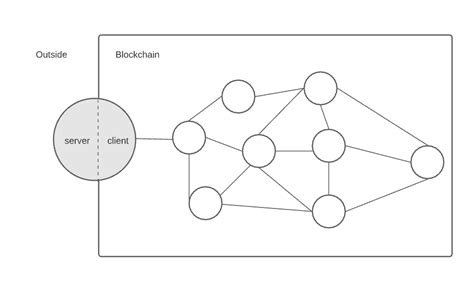Understanding Contract ABI Maps: A Guide to Transaction Methods and Functions

The Ethereum Virtual Machine (EVM) uses a standardized binary interoperability interface (ABI) to define the interface of smart contracts. An ABI map is used to translate between the binary representation of the contract’s bytecode and the actual functions that can be called on that contract.
In this article, we will look at how the abi object maps transaction methods and functions in Ethereum.
What is an ABI map?
An ABI (Application Binary Interface) map is a data structure that represents the bytecode interface of a smart contract. It contains information about the functions that can be called for the contract, including their names, signatures, and parameters.
In Ethereum, the abi object is used to store this mapping. It is typically stored in a file called abi.json or abi.txt, depending on the project structure. The ABI mission contains the following information:
- Function names: represented by the contract name followed by “_function”.
- Signature: a string representing the function signature, including the return type and parameter types.
- Parameters: an array of strings representing the parameter names.
How is the “abi” object assigned to transaction methods?
When you call a function in a smart contract, the EVM translates the call into bytecode instructions. These instructions are stored in the tx (transaction) field of the body field of the transaction structure.
The ABI mapping provides the mapping between the transaction methods and functions. Here is an example of how it works:
Let’s say we have a contract called “MyContract” with two functions: “func1” and “func2”. The abi object for this contract might look like this:
{
constant: true,
inputs: [],
name: function1,
outputs: [],
payable: false,
stateMutability: view,
type: function
}
The func1 function is called with no inputs, returns no value, and can be executed in the view state.
When we call myContract.func1() on an Ethereum transaction, the EVM translates this call into bytecode instructions corresponding to the abi object. For example:
{
"input": [],
"name": "function1",
"outputs": [],
"payable": false,
"stateMutability": "view",
"type": "function"
}
This declaration is stored in the “body” field of the transaction.
How to map ABI to transaction methods?
To convert a function signature from the ABI map to bytecode instructions, we need to follow these steps:
- Create an abstract syntax tree (AST) of the function signature.
- Translate the AST to bytecode instructions based on the contract’s bytecode format.
Here is an example implementation in Solidity:
solidity pragma ^0.8.0;
contract MyContract {
Function func1() public pure virtual {
// ...
}
Function func2() public pure override {
// ...
}
}
In this example, we define the functions func1 and func2 as pure virtual functions. The abi object represents these functions by storing their names in the contract name, followed by _function.
When we call myContract.func1() or myContract.func2() in an Ethereum transaction, the EVM translates this call into bytecode instructions that conform to the ABI map.
Conclusion
In summary, the ABI map plays a crucial role in translating the bytecode of smart contracts into actionable instructions for the Ethereum Virtual Machine (EVM). Understanding how to create and use the ABI map helps us better appreciate the complexity of creating and deploying smart contracts on the Ethereum blockchain.
